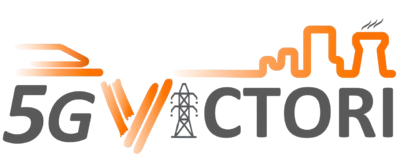Next Generation Wireless Networking
Mission
We lead cutting-edge research in wireless communication technologies, with a focus on evolving standards such as 5G, upcoming 6G architectures, and next-generation Wi-Fi (e.g., Wi-Fi 7 and WiGig). Leveraging our versatile testbed infrastructure, we enable real-world experimentation across multi-radio environments, exploring coexistence, handovers, beamforming, massive MIMO, and ultra-dense deployments. Researchers can prototype, deploy, and evaluate new wireless protocols and network architectures under conditions that include realistic mobility, interference, and dynamic spectrum access. Our work directly contributes to the design and optimization of future wireless systems for ultra-reliable, low-latency, and high-throughput communications.
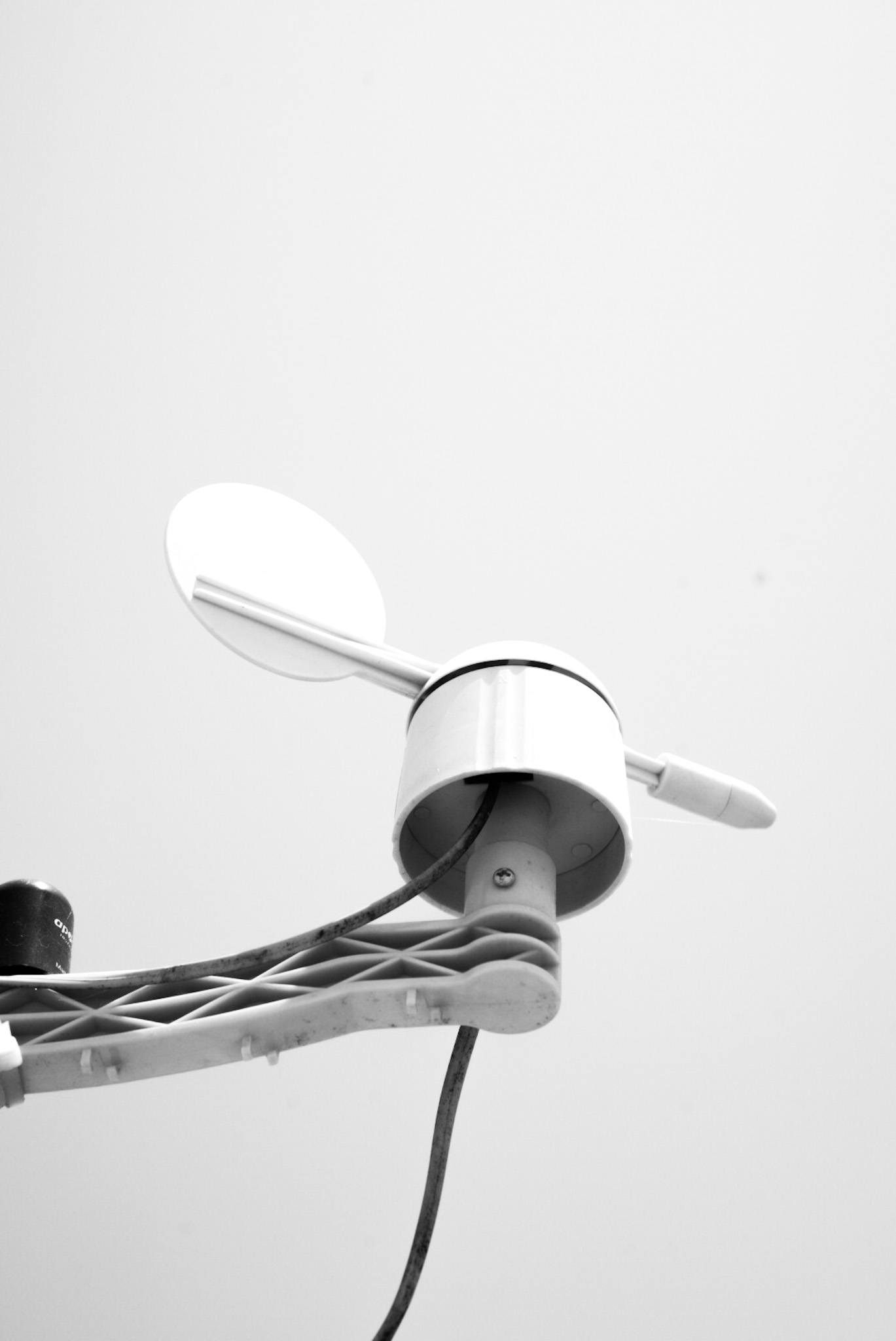
projects
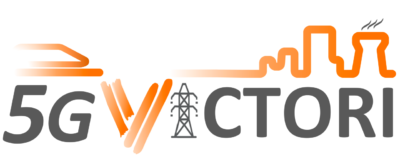
5G solutions for verticals is a well-defined European objective. This requires developing 5G infrastructures to address a wide range of applications adopting flexible architectures, offering converged services across heterogeneous technology domains with unified software control. However, vertical industries today can only verify use cases in small scales in commercial environments, before investing in large scale deployments.
Through ICT-17 projects 5G infrastructures become available to verticals to test their applications, however large-scale trials are still not possible. 5G-VICTORI will conduct large scale trials for advanced vertical use case verification focusing on Transportation, Energy, Media and Factories of the Future and cross-vertical use cases. It leverages 5G network technologies developed in 5G-PPP Phase-1 and Phase-2 projects 5G-XHaul and 5G-PICTURE and exploits extensively existing facilities interconnecting main sites of all ICT-17 infrastructures i.e. 5G-VINNI, 5GENESIS and 5G-EVE and the 5G UK test-bed in a Pan-European Infrastructure.
The project will provide enhancements of existing infrastructures towards integration of a large variety of vertical and cross-vertical use cases. 5G-VICTORI’s platform aims to transform current closed, purposely developed and dedicated infrastructures into open environments where resources and functions are exposed to ICT and vertical industries through common vertical and non-vertical specific repositories. These functions can be accessed shared on demand and deployed to compose very diverse set of services in a large variety of ecosystems.
5G-VICTORI’s uniquely strong consortium brings together major players form ICT including operators, equipment vendors academic and research organisation and SMEs as well as main players from vertical industries including nationwide rail and electricity operators, rail technology vendors, media content delivery players and a number of SMEs focusing on advanced vertical services.
Project Timeline: 1/6/2019 – 30/11/2022
Funding Agency: European Commission as part of the H2020 program, under the grant agreement 857201
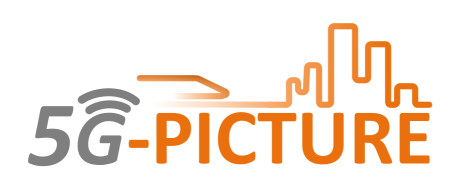
5G-PICTURE developed and demonstrated a converged fronthaul and backhaul infrastructure integrating advanced wireless and novel optical network solutions. Τo address the limitations of the current D-RAN and C-RAN approaches, 5G-PICTURE exploited flexible functional splits that can be dynamically selected, to optimise resource and energy efficiency. This results in a paradigm shift, from RAN and C-RAN to ʽDis-Aggregated RANʼ (DA-RAN). DA-RAN is a novel concept where HW and SW components are disaggregated across the wireless, optical and compute/storage domains. ʽResource disaggregationʼ allows decoupling these components, creating a common “pool of resources” that can be independently selected and allocated on demand to compose any infrastructure service. Key enablers for DA-RAN are 1) network ʽsoftwarizationʼ, migrating from the conventional closed networking model to an open reference platform, supported through 2) HW programmability, where HW is configured directly by network functions, to provide the required performance. This enabled provisioning of any service by flexibly mixing-and-matching network, compute and storage resources without sacrificing performance and efficiency as is the case in today’s NFV-based solutions. To validate these capabilities, 5G-PICTURE demonstrated converged fronthaul and backhaul services in:
• a smart city environment,
• a 5G railway experimental testbed showcasing seamless service provisioning and mobility management in high-speed moving environments, and
• a stadium with ultra-high user density, supporting media services.
Project Timeline: 1/6/2017 – 31/5/2020
Funding Agency: European Commission as part of the H2020-ICT-2016-2

Small Cells, Cloud-Radio Access Networks (C-RAN), Software Defined Networks (SDN) and Network Function Virtualization (NVF) are key enablers to address the demand for broadband connectivity with low cost and flexible implementations. Small Cells, in conjunction with C-RAN, SDN, NVF pose very stringent requirements on the transport network. Here flexible wireless solutions are required for dynamic backhaul and fronthaul architectures alongside very high capacity optical inter-connects. However, there is no consensus on how both technologies can be most efficiently combined.
5G-XHaul proposes a converged optical and wireless network solution able to flexibly connect Small Cells to the core network. Exploiting user mobility, our solution allows the dynamic allocation of network resources to predicted and actual hotspots. To support these novel concepts, we will develop:
- Dynamically programmable, high capacity, low latency, point-to-multipoint mm-Wave transceivers, cooperating with Sub-6 GHz systems;
- A Time Shared Optical Network offering elastic and fine granular bandwidth allocation, cooperating with advanced passive optical networks;
- A software-defined cognitive control plane, able to forecast traffic demand in time and space, and the ability to reconfigure network components.
The well balanced 5G-XHaul consortium of industrial and research partners with unique expertise and skills across the constituent domains of communication systems and networks will create impact through:
- Developing novel converged optical/wireless architectures and network management algorithms for mobile scenarios;
- Introduce advanced mm-Wave and optical transceivers and control functions;
- Support the development of international standards through technical and technoeconomic contributions.
5G-XHaul technologies will be integrated in a city-wide testbed in Bristol (UK). This will uniquely support the evaluation of novel optical and wireless elements and end-to-end performance.
Project Timeline: 01/07/2015 – 30/06/2018
Funding Agency: European Commission as part of the H2020-ICT-2014-2
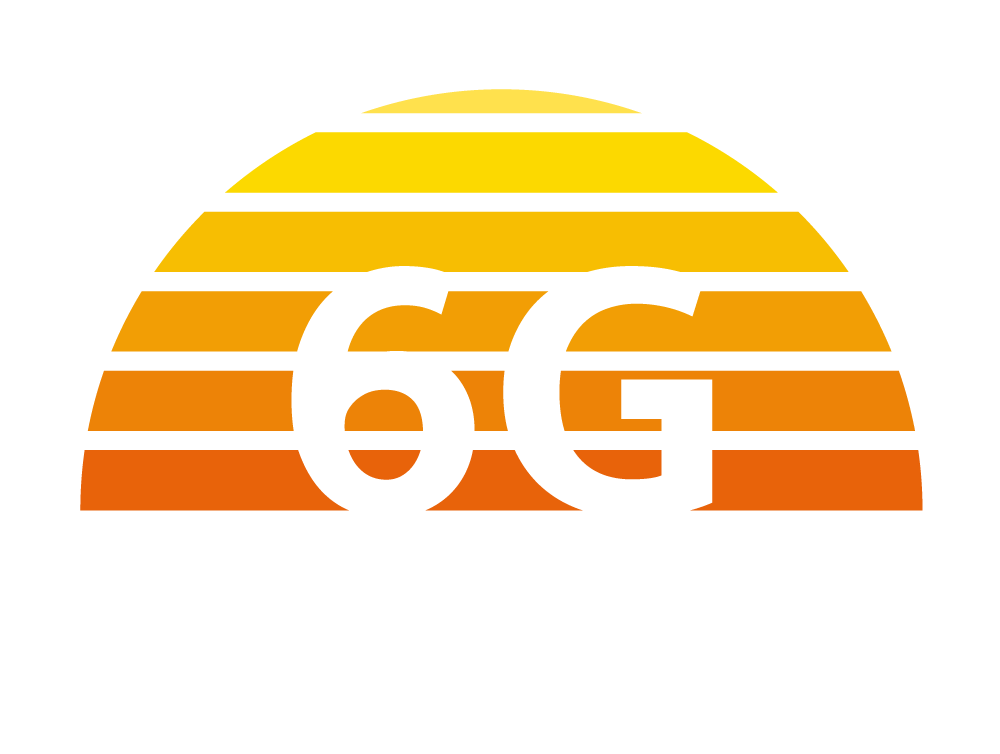
6G is expected to emerge as key enabler for the intelligent digital society of 2030 and beyond, providing superior performance via groundbreaking access technologies, such as joint communication and sensing, cell-free, Radio Intelligent Surfaces, and ubiquitous wireless intelligence . Most importantly, 6G is expected to trigger a total rethink of network architecture design, which builds on the key idea of new stakeholders entering into the value chain of future networks. The SUNRISE-6G approach is inspired by the “network of networks” concept of 6G Networks, aiming to integrate all private and public infrastructures under a massively scalable internet-like architecture. SUNRISE-6G similarly aspires to create a federation of 6G test infrastructures in a pan-european facility that will support
converged Testing as a Service (TaaS) workflows and tools, a unified catalogue of 6G enablers publicly accessible by experimenters, and cross-domain vertical application onboarding. Experimentation and vertical application onboarding are offered via a Tenant Web Portal, that acts as a single-entry point to the facility, serving end users (e.g., experimenters) and tenants (e.g., vertical developers, infrastructure owners, 6G component manufactures). The project execution is based on 4 pillars, delivering: (a) the Implementation of new 6G enablers, complementary to existing ones being developed in SNS Phase 1 projects, (b) A truly scalable and 3GPP compliant Federation solution that provides access to heterogeneous resources and devices from all Europe, (c) A Federated AI plane aligned with AIaaS and MLOPS paradigms, which promotes a collaborative approach to AI research which benefits immensely from scaling-up datasets and models and (d) a commonly adopted Experimentation Plane, which offers common workflows to experimenters.
Project Timeline: 1/1/2024-31/12/2026
Funding Agency: EU Smart Networks and Services Joint Undertaking – SNS-JU (HORIZON-JU-SNS-2023-STREAM-C-01-01)
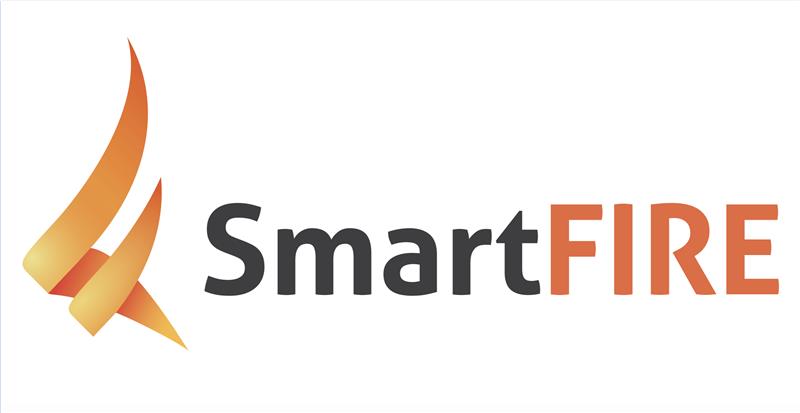
The SMARTFIRE project is comprised of 10 partners in total from EU (Greece, France, Spain and Belgium), South Korea and an international collaborator from Australia. The project aims to further develop EU-South Korea cooperation on Future Internet experimental research. The project will eventually deliver a shared experimental facility spanning different islands located in Europe (EU) and South Korea (KR). This large scaled facility will promote joint experimentation among EU and KR experimenters, encouraging them to conceive and implement innovative protocols, able to take advantage of the current leading network technologies. SMARTFIRE targets at creating a common and unified way of experimenting with a large-scale facility, enabling distributed applications by incorporating cutting edge SDN research that is primarily conducted by the South Korean Partners, and wireless networking experimentation that is carried out by the European Partners. The project will further promote SDN related research, such as Information Centric Networking, and exploit the OpenFlow technology as the core network and wireless techologies for the access network segments. During its two year duration, the separate EU and KR islands will be federated and operated in a common and scalable way, thus establishing a unique intercontinental experimental facility. The testbed islands will be harmonized in the way they are controlled and managed. Two use cases will be used to evaluate the facility, one inspired from the emerging IoT research field and one concerning Video Streaming applications over heterogeneous networks. Finally, we expect that SMARTFIRE will bridge the gap between Future Internet research conducted at KR and EU sites and introduce a common way of developing extensions for existing testbed facilities.
Project Timeline: 01/11/2013 – 31/12/2015
Funding Agency: Specific Programme “Cooperation”: Information and communication technologies
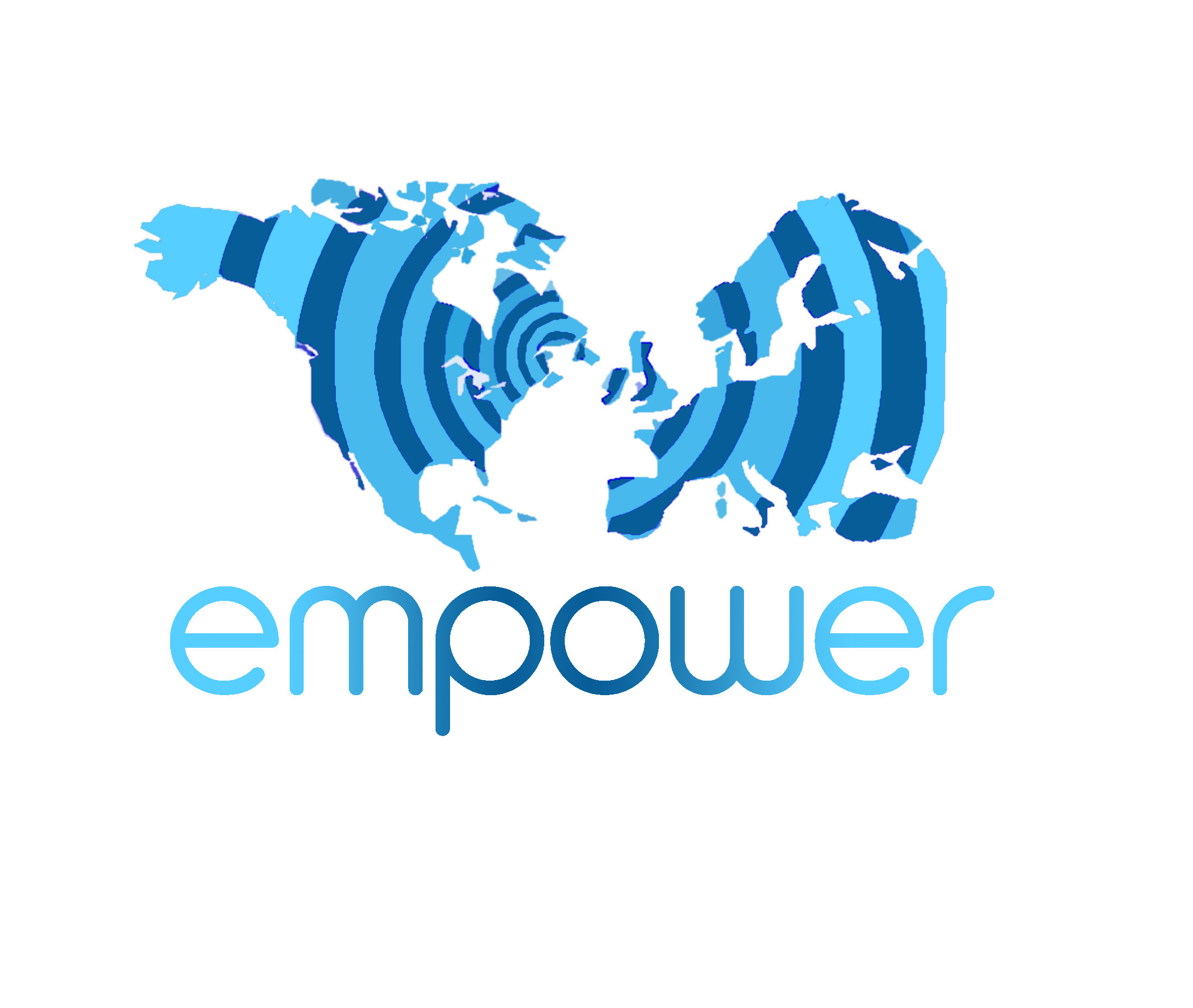
EMPOWER ambition was to accelerate the joint development between the EU and the US of advanced wireless platforms targeting the new connectivity frontiers beyond 5G. EMPOWER targets the creation of a joint EU-US advanced wireless ecosystem for (i) bridging the relevant EU-US Wireless communities and stakeholders, such as scientific researchers, platform engineers, standardization experts, regulators, and product incubators; and (ii) developing a strategic EU-US collaboration agenda and supporting its execution ahead of worldwide competition for beyond 5G connectivity standards. EMPOWER foresees twinning with the best researchers and practitioners involved in projects funded by USA, especially with entities participating in the PAWR programme (https://www.advancedwireless.org/). EMPOWER provided instruments for inducing collaboration between ongoing and forthcoming 5G and beyond initiatives targeting at wireless networks experimentation on both ends of the Atlantic. Through the EMPOWER instruments we created an efficient means for stimulating the mobility of ideas and people between European and similar American experimental wireless platform initiatives. We also encouraged stronger collaboration between fundamental and experimental wireless researchers by making access to platform tools and data exchange simpler. EMPOWER instruments also provided a wealth of information for global and regional standards and regulatory organizations (e.g. ITU-R, ETSI) and industry for a (e.g. NGMN). An important output of EMPOWER was also the recommendations on technologies and experimentation methodologies for future wireless experimentation objectives.
Project Timeline:
Funding Agency:

The ambition of the NATWORK project is to set the foundations and deploy the very first economically realistic, energy efficient and viable bio-inspired AI-based 6G cybersecurity and resilience framework for intelligent networking and services, taking a holistic approach and considering all elements in a cross-sector business environment to address the diverse requirements and challenges that arise. The NATWORK project aims to develop a novel AI-leveraged self-adaptive security mechanism for 6G networks based on resilient bio- mimicry principles. The goal is to improve the malleability and the self-resilience of future 6G network ecosystems to offer augmented and secure services at the lowest energy costs. The principle premise is to empower various entities of 6G ecosystems with the ability to self-regulate their conditions to provide service continuity in compliance with service SLAs.
The Secure Federated Learning architecture of NATWORK will be based on decentralized defensive AI models embedded in dis-aggregated 6G network physical layer, smart Edge Network Interface Cards and RAN devices with P4-based programmable data plane and advanced DPU acceleration, with local feature extraction at wire-speed and AI model training. Among the key 6G security challenges that NATWORK aims to alleviate are Moving Target Defense and adaptive response to incidents, the employment of Net Zero AI and energy-efficient security for sustainable networks, the Detection of new forms of attacks bearing deep control flow monitoring as well as the elaboration of a continuum of security for payload deployment fostering secure migration of novel forms of in-network operations and secure distributed computations.
Project Timeline: 1/1/2024-31/12/2024
Funding Agency: Natwork project has received funding from the European Union’s Horizon Europe research and innovation programm under Grant Agreement No 101139285, as well as from the Smart Networks and Services Joint Undertaking (SNS JU).

FLEX (FIRE LTE testbeds for open experimentation) aims at contributing a crucial missing piece in FIRE’s infrastructure puzzle: cellular access technologies and Long-Term Evolution (LTE). FLEX’s experimentation environment will feature both open source platforms and configurable commercial equipment that span macro-cell, pico-cell and small-cell setups. FLEX will build upon current FIRE testbed management and experiment control tools and extend them to provide support for the new LTE components, and will develop specialized monitoring tools and methodologies. Focus will be placed on mobility, with the establishment of both real and emulated mobility functionalities on the testbeds.
Simula is one of the Open Call partners building the FLEX-MONROE platform under FIRE LTE umbrella. It aims to develop and deploy all necessary hardware and software extensions to enable LTE network performance evaluation both in operational (MONROE) and experimental (FLEX) LTE networks from the end-user perspective. Access to the unique FLEX-MONROE platform enables to design and execute experiments in order to model the application performance in LTE networks.
Project Timeline: 1/1/2014 – 30/4/2017
Funding Agency: EU Framework Programme 7 (FP7-ICT-2013-10)

Fed4FIRE+ is a Research and Innovation Action under the European Horizon 2020 Programme addressing the work programme topic Future Internet Research and Experimentation. The project started on 01 January 2017 and runs for 60 months, until the end of 2021.
The Fed4FIRE+ project has the objective to run and further improve Fed4FIRE’s “best-in-town” federation of experimentation facilities for the Future Internet Research and Experimentation initiative. Federating a heterogeneous set of facilities covering technologies ranging from wireless, wired, cloud services and open flow, and making them accessible through common frameworks and tools suddenly opens new possibilities, supporting a broad range of experimenter communities covering a wide variety of Internet infrastructures, services and applications.
Fed4FIRE+ continuously upgrades and improves the facilities and include technical innovations, focused towards increased user satisfaction (user-friendly tools, privacy-oriented data management, testbed SLA and reputation, experiment reproducibility, service-level experiment orchestration, federation ontologies, etc.). It will open this federation to the whole community and beyond, for experimentation by industry and research organisations, through the organization of Open Calls and Open Access mechanisms.
The project also offers a flexible, demand-driven framework which allows test facilities to join during the course of its lifetime by defining a set of entry requirements for new facilities to join and to comply with the federation.
Fed4FIRE+ also continues to build on the existing community of experimenters, testbeds and tool developers and bring them together regularly (two times a year) in engineering conferences to have maximal interaction between the different stakeholders involved.
Project Timeline: 1/1/2017 – 30/6/2022
Funding Agency: European Commission as part of the H2020

